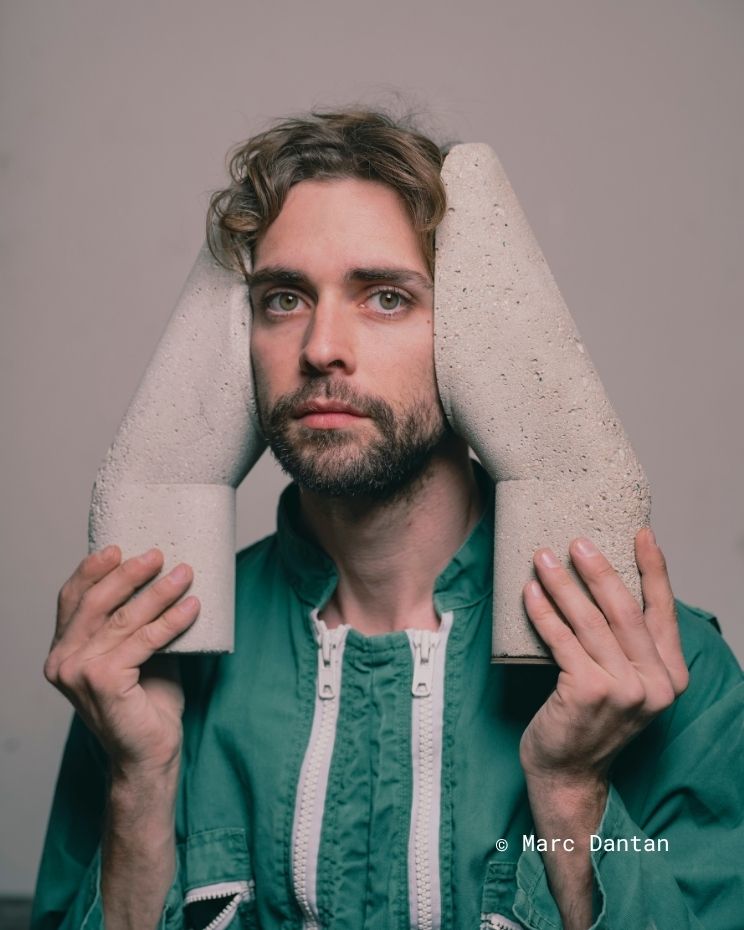Error 404, 5 sculpture by James Haywood
Unique work, only 1 copy
You have any questions? You are an EU professional who can benefit from a VAT exemption?
Contact us by email or chat.
Dimensions
54 cm x 10.5 cm x 11.5 cm
Technique
Sculpture
Origin
France
Year
2025
Certificate
Original work with certificate of authenticity

James Haywood















